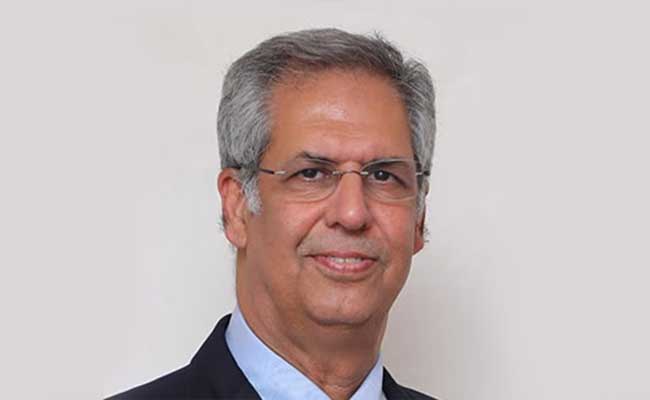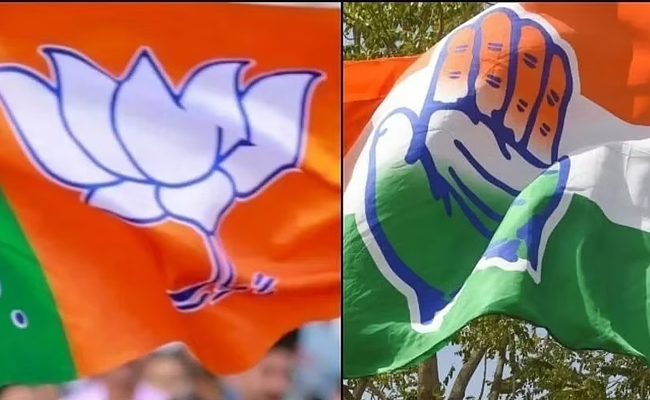New Delhi (PTI): Noel Tata -- the half-brother of late Rata Tata -- who takes over as Chairman of Tata Trusts, has been with the Tata Group for over four decades, slowly rising through the ranks in the salt-to-software conglomerate.
Having functioned mostly under the shadows of his illustrious half-brother, Noel (67) will now have the responsibility of leading the Tata Trusts -- broadly comprising Sir Ratan Tata Trust & Allied Trusts, and Sir Dorabji Tata Trust & Allied Trusts -- that hold a controlling 66 per cent stake in Tata Sons, the holding and promoter firm of Tata Group companies.
He is a Trustee on the boards of Sir Ratan Tata Trust and Sir Dorabji Tata Trust.
His appointment as Chairman of Tata Trusts comes after the death of Ratan Tata late on Wednesday evening due to age-related health conditions.
Son of Naval H Tata and Simone N Tata, Noel Tata currently serves on the board of various Tata Group companies, including as the Chairman of Trent, Tata International Ltd, Voltas & Tata Investment Corporation and as the Vice Chairman of Tata Steel and Titan Company Ltd.
He has been associated with the Tata Group for over 40 years.
His last executive assignment was as the Managing Director of Tata International Ltd, the trading and distribution arm of the Tata Group, between August 2010 and November 2021. He had overseen the growth of the company from a turnover of USD 500 million to over USD 3 billion.
Before his stint in Tata International, Noel Tata served as the Managing Director of Trent Ltd, Tata group's retail arm. He played a pivotal role in the growth of Trent across formats, from a one-store operation in 1998 to over 700 stores across formats.
A graduate from Sussex University (UK), Noel completed the International Executive Programme (IEP) from INSEAD.
Let the Truth be known. If you read VB and like VB, please be a VB Supporter and Help us deliver the Truth to one and all.
Mumbai (PTI): Filmmaker Aditya Dhar's "Dhurandhar" has become the highest-earning Hindi film ever with a nett India collection of over Rs 831 crore, the makers said on Wednesday.
With its Day 33 earnings on Tuesday standing at Rs 5.70 crore nett, the Ranveer Singh-starrer's total India nett collection climbed to Rs 831.40 crore, placing it at the No. 1 spot among all Hindi releases to date.
"History has been rewritten. With Tuesday’s collections, 'Dhurandhar' has officially risen to become the highest-earning Hindi film of all time, a towering achievement that has redefined Indian box office success," the makers said in a statement.
The top position was earlier occupied by the Hindi version of Allu Arjun's 2023 blockbuster "Pushpa 2: The Rule". The Telugu movie had earned Rs 830 crore in Hindi.
The other highest-earning Hindi titles are Shah Rukh Khan's "Jawan" and horror comedy "Stree 2", which had earned Rs 643 crore and 627 crore respectively.
ALSO READ: Cong suspends 12 newly-elected councillors in Maharashtra's Ambernath for tie-up with BJP
The India box office break-up shows a robust run across weeks, with Rs 218 crore in its opening week, followed by Rs 261.50 crore in week two, Rs 189.30 crore in week three and Rs 115.70 crore in week four. The film added Rs 35.80 crore over its fifth weekend before continuing its steady run during the weekdays.
"Dhurandhar" is a high-octane spy thriller, which is directed and written by Dhar. Featuring Singh in the lead role, the film follows covert intelligence operations set against a backdrop of geopolitical and terror events like Kandahar plane hijack, 2001 Parliament Attack and 26/11 Mumbai attacks.
The film, which has led to polarising reactions from many critics and people in India, is mostly set in Lyari town of Karachi, an area known for its history of gang wars and violent turf battles.
Produced by Dhar and Lokesh Dhar under B62 Studios in association with Jyoti Deshpande’s Jio Studios, the film also stars Sanjay Dutt, Akshaye Khanna, Arjun Rampal, Sara Arjun, R Madhavan and Rakesh Bedi.
Meanwhile, Bollywood studio Yash Raj Films congratulated the team of "Dhurandhar" on its achievement.
“DHURANDHAR is not a film... it's a milestone moment in Indian cinema that will be remembered forever. Congratulations to Aditya Dhar and Jio Studios for becoming the highest grossing Indian film of all time (in a single language),” the production banner said in a note posted on its official social media pages.





